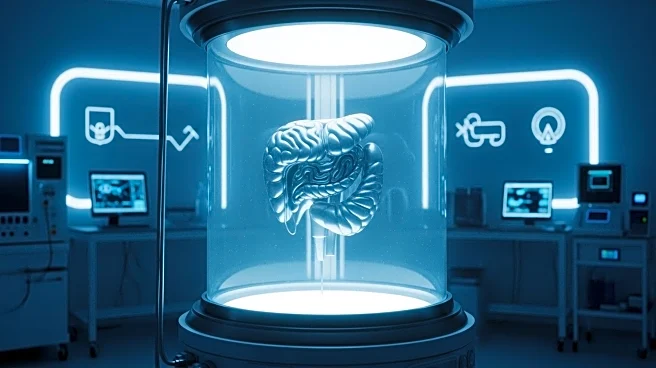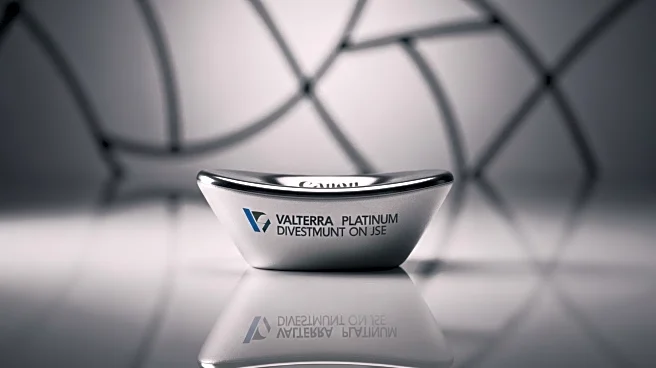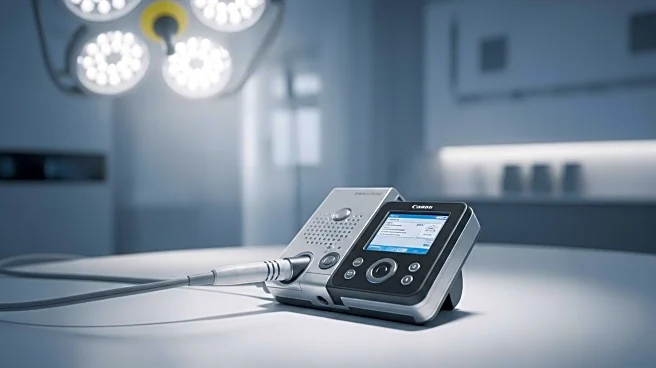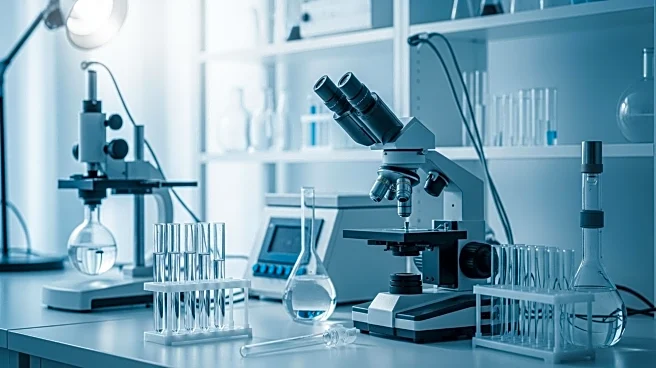What's Happening?
The World Platinum Investment Council has reported a significant increase in the demand for platinum within the medical technology sector, forecasting a high point of 320,000 ounces this year. This growth is attributed to a consistent compound annual growth rate of 3% since 2013, with an additional 4% growth expected this year. Platinum is particularly valued for its chemical inertness, corrosion resistance, biocompatibility, temperature and dimensional stability, and electrical conductivity, making it the preferred material for electrodes in pacemakers and other medical devices. The council notes that platinum's unique properties, such as its radiopacity, are crucial for precise medical procedures, including the positioning of catheters and clot-retrieval devices under X-ray control. The demand for platinum-based coatings, which offer uniform layer distribution and high electrical conductivity, is also rising, especially for miniaturized components and sensors used in various medical measurements.
Why It's Important?
The increasing demand for platinum in medical technology underscores its critical role in advancing healthcare solutions. Platinum's unique properties make it indispensable for the development of high-performance medical devices, which are essential for life-saving procedures and accurate diagnostics. This trend not only highlights the importance of platinum in the medical field but also suggests potential growth opportunities for industries involved in platinum mining and processing. As the demand for advanced medical technologies continues to rise, stakeholders in the platinum industry may experience increased investment and expansion, potentially leading to economic benefits and job creation. Additionally, the focus on platinum-based coatings for medical applications could drive innovation in material science, further enhancing the capabilities of medical devices.
What's Next?
The continued growth in medical demand for platinum is likely to spur further research and development in platinum-based technologies, potentially leading to new applications and improved medical devices. Companies like Umicore, which specialize in platinum-based coating technology, may see increased interest and investment in their products. As the healthcare industry evolves, the demand for high-quality, reliable medical devices will likely drive further advancements in platinum technology. Stakeholders in the platinum industry may need to adapt to this growing demand by expanding their production capabilities and exploring new markets. Additionally, regulatory bodies may need to ensure that the increased use of platinum in medical devices meets safety and quality standards, fostering trust and reliability in these critical healthcare solutions.
Beyond the Headlines
The rising demand for platinum in medical technology could have broader implications for global healthcare access and quality. As platinum-based devices become more prevalent, there may be opportunities to improve healthcare outcomes in regions with limited access to advanced medical technologies. This could lead to a more equitable distribution of healthcare resources and potentially reduce disparities in medical care. Furthermore, the focus on platinum's unique properties may drive innovation in other sectors, such as electronics and environmental technologies, where similar material characteristics are valued. The ethical considerations surrounding the mining and sourcing of platinum, particularly in regions like South Africa, may also come to the forefront, prompting discussions on sustainable and responsible mining practices.










